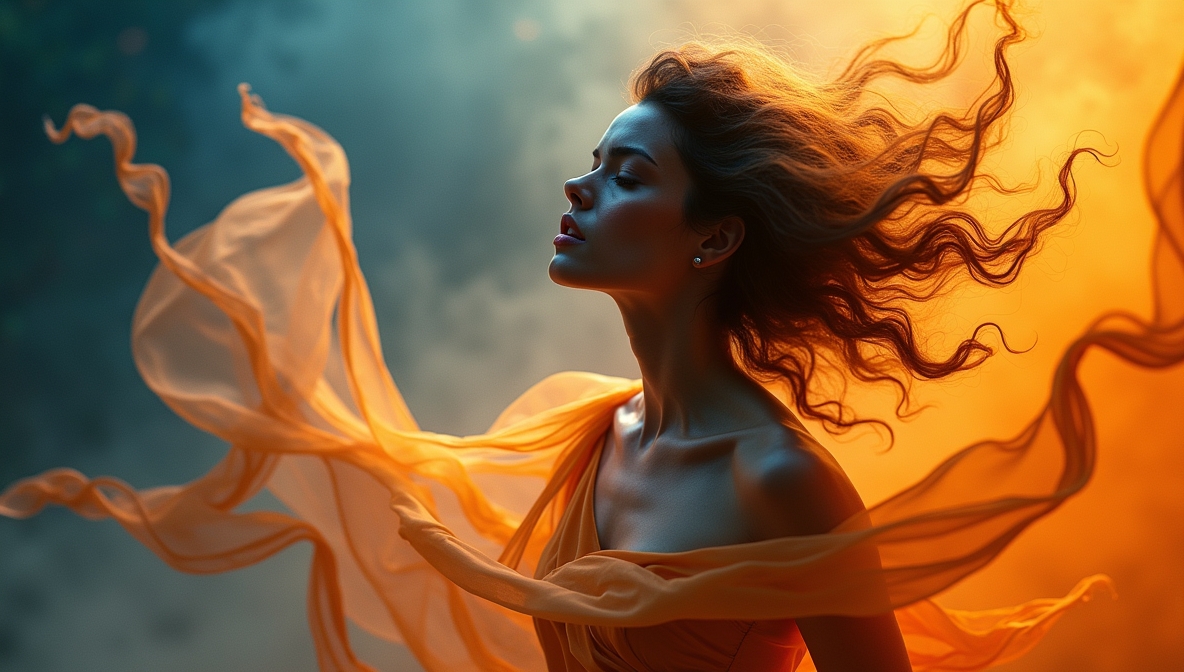Storytelling does not belong to words alone. Movement carries narratives just as powerfully, conveying emotions and ideas that language sometimes fails to express. Contemporary dance transforms the body into a living script, a vessel for untold stories. Each gesture, leap, and pause holds meaning, inviting audiences to interpret the unspoken.
The Essence of Movement as Language
Dance speaks through rhythm, expression, and interaction with space. Unlike traditional storytelling, it does not follow linear plots or structured dialogues. Instead, it crafts meaning through contrasts—stillness and motion, softness and strength, symmetry and chaos. Every dancer becomes both the author and the character, shaping stories that resonate beyond words.
Elements That Shape Narrative in Contemporary Dance
- Gesture and Expression – Small movements, like a tilted head or an outstretched hand, can express longing, defiance, or surrender.
- Dynamics and Flow – The shift between sharp, fragmented motion and fluid, continuous movement creates dramatic tension.
- Musicality and Silence – Sound guides rhythm, but silence amplifies intention, making absence as powerful as presence.
- Spatial Awareness – The dancer’s relationship with the stage, other performers, and the audience shapes the unfolding story.
Emotions in Motion: How Contemporary Dance Translates Feeling
Contemporary dance thrives on emotion. Without scripted words, performers communicate joy, despair, anger, or hope through movement. Each emotion carries a distinct physical vocabulary:
- Grief – Weighted, sinking movements with slow transitions.
- Joy – Expansive, upward motions, quick footwork, and open arms.
- Anger – Sharp, forceful gestures with rapid changes in direction.
- Love – Soft, continuous motion with a sense of give and take.
Audiences experience these emotions viscerally, often connecting with the performance on a subconscious level.
Choreography as a Narrative Tool
Every choreographer crafts stories differently, but common approaches shape how narratives unfold:
Abstract Storytelling
Instead of following a direct plot, movements evoke emotions, themes, or concepts. The audience pieces together meaning from symbolism and interaction.
Thematic Progression
A structured approach where movements develop like chapters in a book. The dance shifts through moods, building tension and resolution.
Improvisational Storytelling
Dancers respond to music, environment, and each other spontaneously, creating organic and dynamic storytelling in real time.
Cultural Influence in Contemporary Dance Storytelling
Tradition and modernity merge in contemporary dance, blending influences from classical ballet, folk dance, hip-hop, and experimental movement styles. Each cultural element adds texture to the narrative:
- Japanese Butoh – Slow, controlled movements that embody raw human emotion.
- African Dance Influences – Rhythmic footwork and grounded motion that connect to ancestral storytelling.
- Balletic Fluidity – Graceful, elongated movement that lends a dreamlike quality.
- Urban Dance Elements – Sharp isolations and rhythmic pulses that create tension and energy.
Iconic Contemporary Dance Pieces That Tell Stories Without Words
Several choreographers have mastered storytelling through movement, creating pieces that resonate worldwide:
- Pina Bausch – Café Müller
A haunting portrayal of human connection and isolation, where dancers move through an obstacle-filled stage with closed eyes, embodying vulnerability. - Akram Khan – DESH
A deeply personal exploration of identity and heritage, blending contemporary movement with traditional Kathak influences. - Crystal Pite – The Statement
A politically charged performance using movement to express power struggles and corporate tension. - Martha Graham – Lamentation
A solo work where the dancer, wrapped in fabric, expresses grief through contraction and release. - Ohad Naharin – Echad Mi Yodea
A powerful ensemble piece where repetitive movements and spoken text build emotional intensity.
How Audience Interpretation Shapes the Story
Unlike literature or theater, contemporary dance allows room for multiple interpretations. The absence of words makes meaning fluid, influenced by personal experience and perspective. Two viewers may watch the same piece and walk away with entirely different emotions.
This openness creates a dynamic relationship between performer and audience. Instead of receiving a predefined message, spectators become co-creators of meaning.
The Future of Storytelling in Dance
Choreographers continue to push boundaries, incorporating technology, visual art, and interactive elements into performance. Motion capture, projection mapping, and AI-generated movement sequences introduce new layers to storytelling.
Yet, at its core, contemporary dance remains a human expression—rooted in movement, emotion, and the shared experience of storytelling without words.


